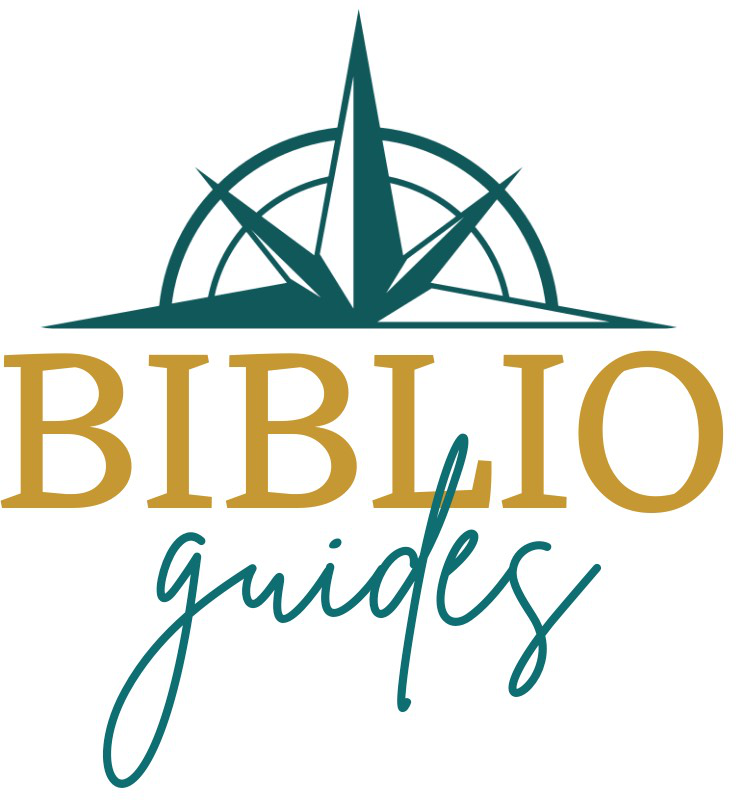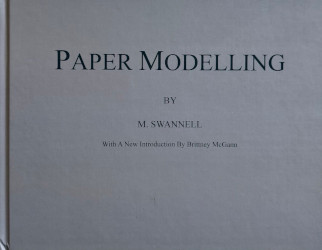Paper Modelling

Author:
Mildred Swannell
Illustrator:
Mildred Swannell
Publication:
1909 by George Routledge and Co. (London)
Genre:
Hobbies and Handicrafts, Non-fiction
Pages:
75
Current state:
This book has been evaluated and information added. It has been read and any content considerations have been added.
Book Guide
Search for this book used on:
Paper Modelling is one of the best forms of Handwork for young children, in whom the constructive impulse is remarkably strong. The materials are readily obtainable in even the poorest homes, where the children can carry out in play what they have been helped to do in school. It is a good plan to let children bring odd pieces of paper, such as sugar paper, brown paper in which parcels have been wrapped, bits of wall paper, even newspaper. They can all be utilized, and the collection of this material will in itself prove of interest. Where paper folding squares are exclusively used, children are apt to think that because they cannot find these at home, they are therefore unable to make the things that gave them so much pleasure at school. It should be remembered that while the constructive impulse is stimulated by suggestion, it is easily inhibited by over direction.
As soon as possible imitation should give way to original effort. The best means of making an object, should, from the earliest, be talked over with the children, and the finishings decoration or cutting of edges-should be left to individual taste.In all cases it is possible to get some original work; e.g., a class of 50 children, who were beginning this constructive work in paper, made the little basket, No. 2. They examined a large model, which was then opened to show the plan. After comparing with their own papers, a few directions enabled the children to make their baskets. Then each child filled it differently; some cut out and colored tiny vegetables, others cut flowers, eggs, medicine bottles, groceries, etc. To each, the basket represented some different idea.
The objects given in this book are not intended as a "Course," but are merely suggestions which have been found useful in helping children in their play.
Almost every plan is capable of modification. In all cases where it is desirable to show a model, the plain, undecorated one should be chosen, and the children invited to suggest alterations or decoration. About the age of six children begin to use the ruler, and in many schools ruler drawing is taught with no end in view save to get the children proficient in drawing and measuring accurate lines. In this case the lessons are dull, mechanical, lacking in interest because there is no purpose in the activity.
If children learn to use the ruler in the construction of some desirable object, they will be helped by interest to become more skillful and accurate, while increase in skill will be rewarded by a sense of power and more satisfactory results.
In the later objects, especially in connection with the construction of boxes, the children must learn incidentally a considerable amount of Geometry, which will not be forgotten, since it is seen to have practical value.
From the Introduction reprinted in the Living Library Press edition
To view an example page please sign in.
Find This Book
Search for this book used on:




